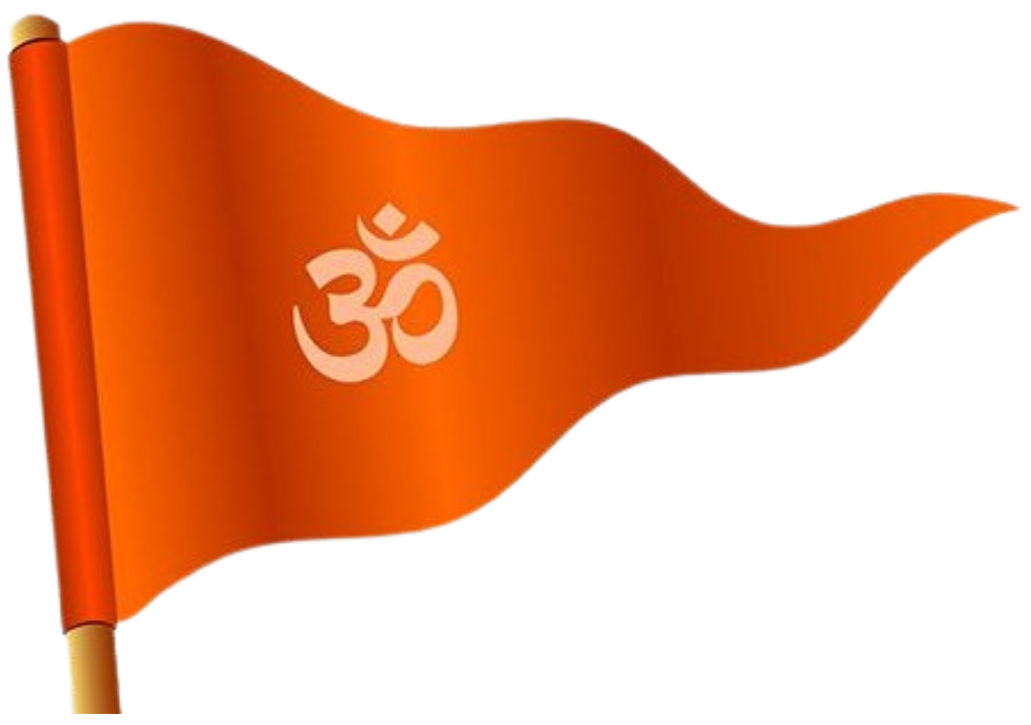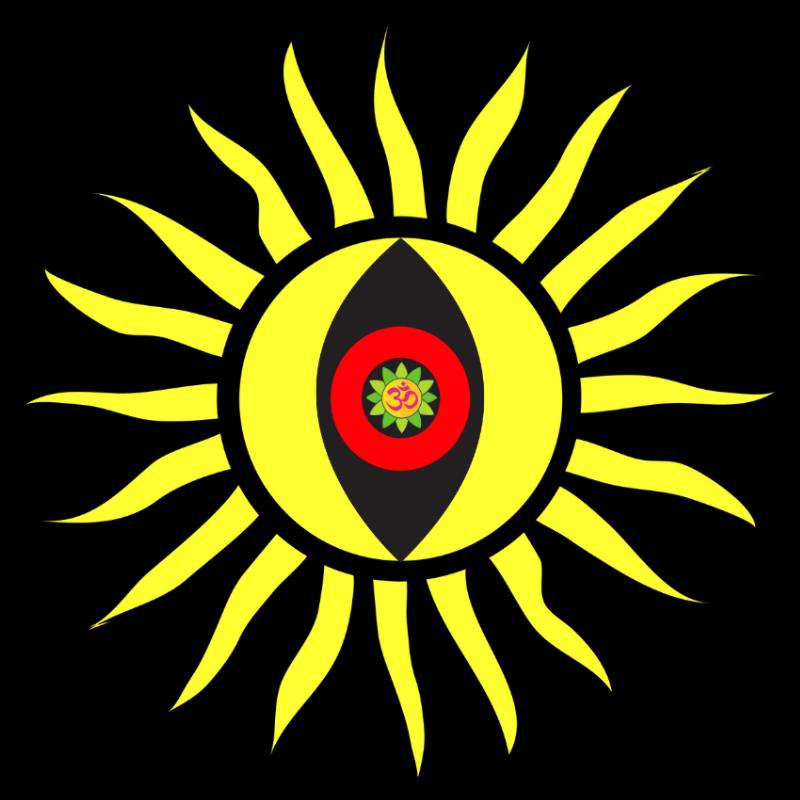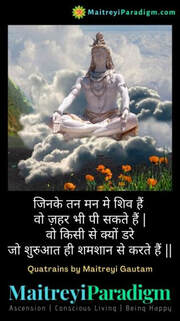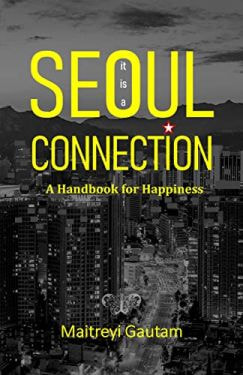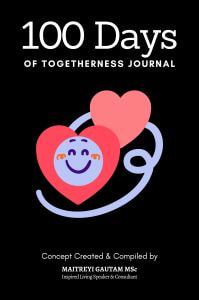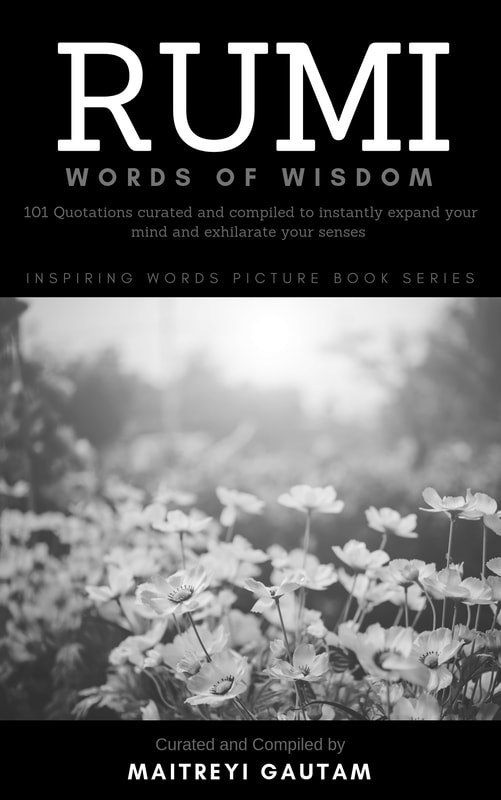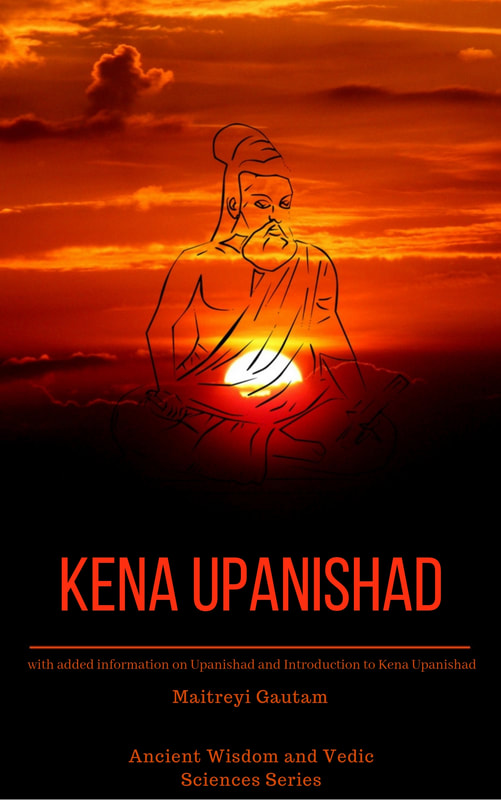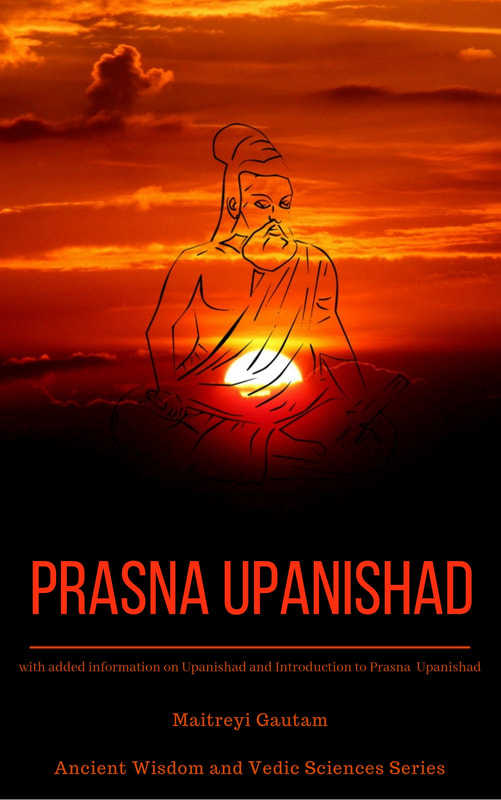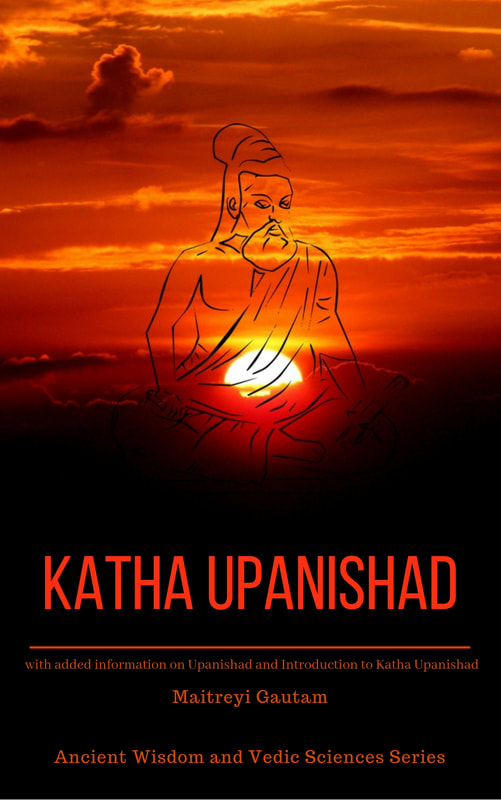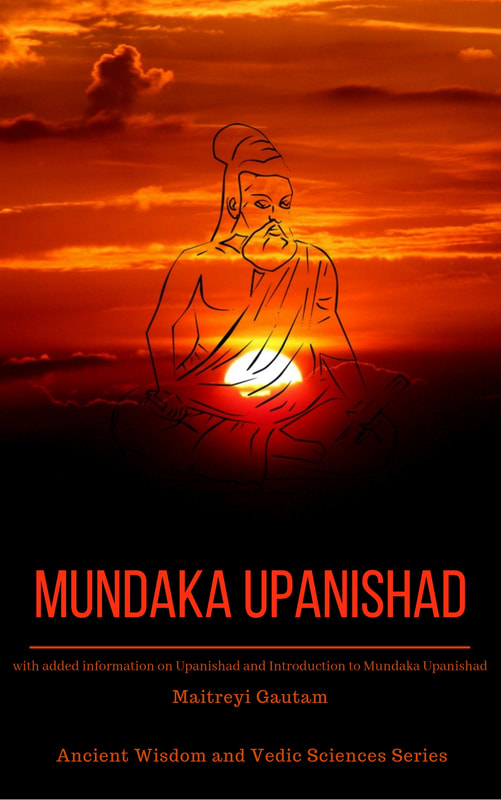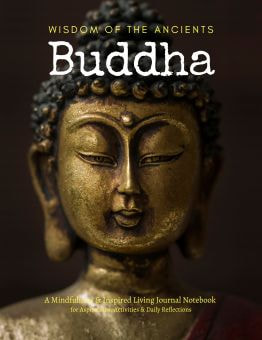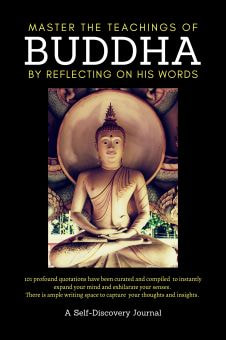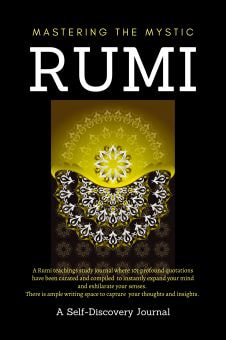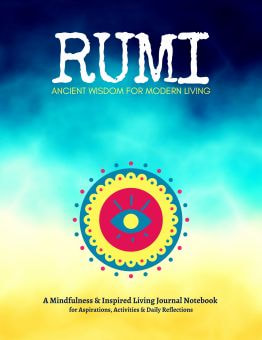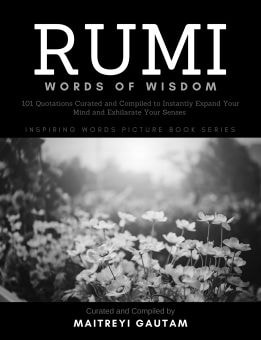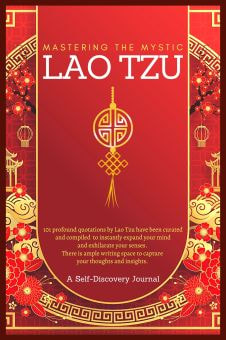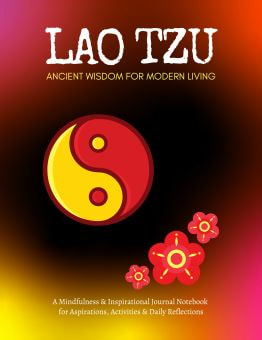Odissi is one of the eight classical dance forms of India and originates from the eastern Indian state of Odisha. It is known for its lyrical grace, fluidity, and sculptural poses. The dance form has a rich history and is said to have evolved from the ritual dances performed in the ancient temples of Odisha.
Here are some key features of Odissi:
Odissi has a long history, with roots in the temple dances performed by devadasis (temple dancers) in ancient Odisha. The dance form underwent a revival in the mid-20th century, thanks to the efforts of renowned dancers and gurus, and has since become a popular classical dance form both in India and internationally.
Here are some key features of Odissi:
- Tribhanga Posture: One of the most distinctive features of Odissi is the tribhanga (three-bend) posture, in which the body is divided into three parts - head, torso, and legs - and each part is bent in a different direction. This gives the dance a characteristic sinuous and graceful appearance.
- Hand Gestures and Footwork: Like other Indian classical dances, Odissi uses an elaborate language of hand gestures (mudras) and footwork to tell stories and convey emotions. The mudras are combined with facial expressions to create a rich tapestry of storytelling.
- Costumes: Odissi dancers typically wear brightly colored sarees, usually made of silk, adorned with traditional Odia patterns. The sarees are draped in a unique style, with pleats that allow freedom of movement. Dancers also wear elaborate silver jewelry, including necklaces, bangles, anklets, and a headpiece.
- Facial Expressions: Odissi is known for its expressive facial movements, which are used to convey a wide range of emotions and moods. Dancers use their eyes, eyebrows, and mouth to enhance their storytelling.
- Music: The music for Odissi is based on the classical music tradition of Odisha, known as Odissi music. The accompaniment usually includes vocalists, a mardala (drum), a violin or flute, and cymbals. The rhythm and melody of the music play a crucial role in setting the mood for each dance piece.
- Themes: The themes for Odissi dance are often based on Hindu mythology, particularly the stories of Radha and Krishna, and other deities like Shiva, Sita, and Rama. The dance also draws inspiration from the poetry of ancient Sanskrit and Odia poets.
Odissi has a long history, with roots in the temple dances performed by devadasis (temple dancers) in ancient Odisha. The dance form underwent a revival in the mid-20th century, thanks to the efforts of renowned dancers and gurus, and has since become a popular classical dance form both in India and internationally.

